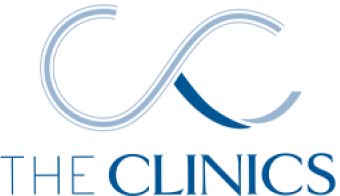
Scar Treatment
People can develop scars for various reasons, whether it be from acne, injuries, or surgery.

What is Scar Treatment?
People can develop scars for various reasons, whether it be from acne, injuries, or surgery. Regardless of the origin, scars can cause significant emotional distress and impact a person’s self-esteem. For this reason, non-surgical scar therapy has become increasingly popular for scar management without resorting to invasive procedures.
Dermatological scar treatments encompass a range of non-invasive techniques tailored to address different scar types, with a focus on pigmented and hypertrophic scar treatment and scar reduction.Among the diverse non-surgical interventions, the following have emerged as superior, playing a pivotal role in scar care by remodeling scar tissue, boosting collagen and reducing discoloration. These are chemical peels, injections, laser scar removal and microneedling scar treatment.

Scar Treatment Quick Facts
| Cost of Scar Treatment | TBD |
|---|---|
| Duration of Treatment | 30-45 minutes |
| Days of Social Downtime | 1-2 days |
| How Long It Lasts | Permanent |
| Pain Management | Topical numbing cream |
| Home Care Instructions | Avoid sun exposure and active ingredients for 72 hours. |
| Number of sessions required | 3-6 |
| Results | Scar texture improvement or reduction. |

Scar Reduction Benefits
Non-invasive scar treatments offer a range of benefits. Firstly, these approaches eliminate the need for surgery and its associated risks. They are generally quicker with minimal downtime, allowing individuals to resume their regular activities right away.
Another advantage is that treatments can be customized to address specific scar types, providing precise and targeted solutions. By combining scar reduction techniques such as injections, microneedling and laser therapy, for example, clients can experience quicker and more significant improvement in their skin’s appearance.
What Types of Scars Does it Treat?

Acne Scars
Chronic or severe acne can result in atrophic (indented) or hypertrophic (raised) scars on the face or body. Depending on their severity, treatments such as microneedling and laser can be effective.

Burn Scars
Also called contracture scars, these are caused by burns and can be hypertrophic or atrophic. Customized treatment solutions are usually best to improve their appearance.

C-section Scars
To minimize scars resulting from cesarean section, multiple sessions using modalities such as laser skin resurfacing are recommended.

Chicken Pox Scars
Depressed scars that result from severe cases of chickenpox are often plumped up with injections such as filler.

Hypertrophic Scars
In an effort to heal itself after trauma, the body forms raised, red scars that stay within the boundaries of the original wound. A series of treatments such as steroid injections and laser scar treatments can be used to smooth the skin’s surface.

Stretch Marks
Non-surgical scar removal can help fade scars that occur due to rapid skin stretching, often associated with pregnancy or significant weight changes.

Surgical Scars
These are typically hypertrophic scars which can vary in size and appearance.

Traumatic Scars
Less severe scars resulting from injuries or accidents can be improved with minimally-invasive scar therapy such as laser and microneedling.
ELEGIBILITY Who is a Good Candidate
The ideal candidate for non-surgical scar therapy has a recent, well-defined scar, older scars that haven’t healed properly, or acne scarring on the face or body. They are in good health, have realistic expectations, and are committed to consistent treatment as non-surgical approaches respond best to ongoing efforts. Note: keloid scars are very difficult to treat and require a thorough assessment and consultation with a medical professional before undergoing any procedures.
We invite you to book a consultation with one of our Dermatology experts to find out if non-surgical scar treatment is right for you.




